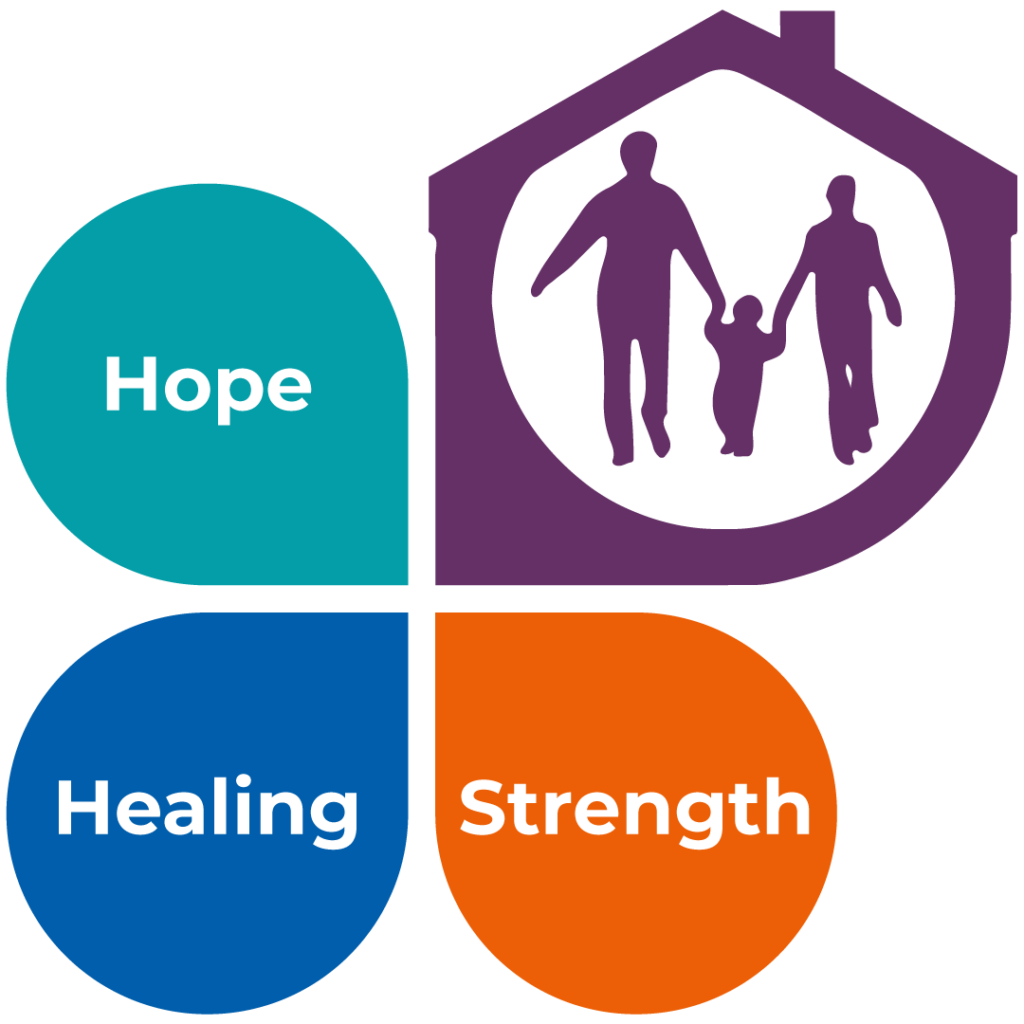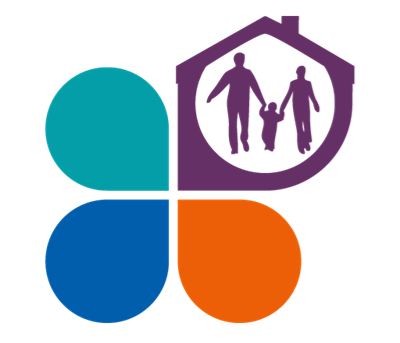Safety Planning
Serving Caldwell, Nampa, Meridian, Boise, and Surrounding Areas of Idaho's Treasure Valley
Safety Plans are intended to optimize safety at every stage and tailored for your specific situation
Remember, there are trained domestic violence advocates available to help you 24/7.
Local 24 Hour Crisis Hotline
208-459-2779
National Domestic Violence Hotline
(208) 459-6330
AAFV offers the following Safety Planning Services:
- Safety Planning for domestic violence victims
- Safety Planning for stalking victims
- Safety Planning for emotional abuse
- Safety Planning for financial abuse
- Safety Planning with children
- Safety Planning with pets
- Safety in court
- Safety at school
- Safety at work
- Safety in rural areas
- Safety while using technology
- Safety when abuser gets out of jail
For many, the task of safety planning can sem overwhelming. Reading books an darticles on the topic can be a helpful starting point.
Remember, there are trained domestic violence advocates available to help you 24/7.
Local 24 Hour Crisis Hotline
208-459-2779
National Domestic Violence Hotline
(208) 459-6330
Here is a list of recommended reads:
- Abuse of Men by Women -Ann Silvers
- Healing from Hidden Abuse - Shannon Thomas
- Safety for Stalking Victims - Lyn Bates
- Why Does He Do That - Lundy Bancroft
- Psychopath Free - Jackson McKensie
- No Visible Bruises - Rachel Louise Snyder
- The body Keeps the Score: Brain, Mind and Body in the Healing of Trauma - Bessel Van der Kalk
Remember, even if violence is not directed toward children, research indicates that 90% of them are aware of it even if you think they are not.
- When Dad Hurts om: Helping your Children Heal the Wounds of Witnessing Abuse - Lundy Bancroft

How to Make a Safety Plan Against Domestic Abuse in Caldwell, ID
And the Surrounding Areas of Idaho's Treasure Valley
Situations involving domestic violence can be volatile. To offer you your best future in getting and staying safe from domestic abuse, Advocates Against Family Violence (AAFV) can help you make a safety plan. These plans are made by thinking ahead about your needs so you can act as rationally and securely as possible in the face of violence.
Many safety plans have three parts:
- Staying safe in a current relationship
- Preparing to leave a current environment
- Staying safe after leaving
Staying Safe Now
Whether you decide to stay or leave an abusive relationship there are things you can do to think ahead and stay as safe as possible.
- Consider areas in your home that might offer more safety than others when in the middle of an argument. These areas have no/less access to weapons and have an exit. Ideally, these areas will also be away from children. If you can, move arguments to those areas.
- Keep your phone charged and available so you can call for help from family or emergency services. Keep key phone numbers, email addresses, and physical addresses either in your phone or in another location that you can access in case of emergency.
- Teach your children to dial 9-1-1 and anything else they should do in case of emergency, like where they can go in and out of the home in case of escalating violence.
- If you have pets, consider what you can do with them if you must leave.
- Tell trusted friends or family about the abuse and enact a code word/signal to let them know when you need police or other intervention.
- Trust your gut. If your instincts tell you something out of the ordinary is happening, trust them and act.
Preparing to Leave an Abusive Situation
When you are ready to leave, you will likely face one of two situations. Either you will need to leave a dangerous situation immediately, in which case you should call 9-1-1 or if you have a little more time to prepare ahead you can watch for the best opportunity to leave. Both situations will go more smoothly if you make a plan.
- Think ahead about a few places you can go when you leave. This might be with friends and family, or you can contact AAFV for housing options.
- Be sure to take your driver’s license or legal ID, social security cards belonging to you and your children, your cash, and any debit or credit cards in your name.
- Keep basics like toothbrushes, toothpaste, deodorant, a brush/comb, medications, and a change of clothing (including underwear) handy for you and for your children. If you have a baby, include diapers and bottles. Pack bags that you can take quickly.
- Once you have told trusted family members or friends about the abuse, store copies of key documents (birth certificates, bank account information, etc.) with them.
- Open a bank account that your abuser does not have access to.
- Contact AAFV for additional information.
Staying Safe After Leaving an Abuser
The risk of backlash from your abuser increases significantly in the 14 days after leaving. Safety planning and taking advantage of the resources at AAFV can help reduce that danger.
- If you don’t already have your own cell phone, get one. Only share that information with your trusted circle of friends and family.
- Alert school authorities of your children’s situation.
- Seek court support for help with restraining orders/protection orders and other assistance from law enforcement.
- Try to change your routine. Shop at different stores and take different routes to and from common destinations.
- Seek counseling or support groups to help you deal with the stress of this change.
- If you are required to have contact with your abuser (e.g. for child custody purposes, etc.), arrange these contacts in public places.
Wherever you are in your safety planning process, AAFV wants to help. If you want to do additional research on preparing to leave an abusive relationship, you can look on the webpages of some of our community resources for more information.
Safety Planning
Your questions answered!
You cannot control another person’s behavior, but planning ahead can increase your chance for safety. A safety plan is essential for many victims to help them get out, get safe and stay safe.
Good times to plan for ways to stay safe are: 1. While you are in an abusive relationship. 2. While planning to leave an abusive relationship. 3. After you have left an abusive relationship.
Advocates are trained in helping victims create safety plans, but you could also safety plan with family, friends, or anyone else who is concerned about your safety.

